The city of Lucca was a dream for a teenager like me. I went by train to one of the biggest comic fairs in Italy, and I still remember the crowds of teenagers getting off at the station and flooding the streets of the medieval town. I remember the beautiful, well-preserved walls that had been destroyed by the many Cosplayers were besieged.
Those were the memories I had when I was there recently. I looked at the walls again before taking the car to visit the house my father had bought some time ago for his retirement.
As the road got steeper and steeper, I thought about how I would like to spend more time there now that I have my father as an excuse. Spending time with someone means sharing wine. So I need to know more about Colline Lucchesi know, this underestimated Denominazione.
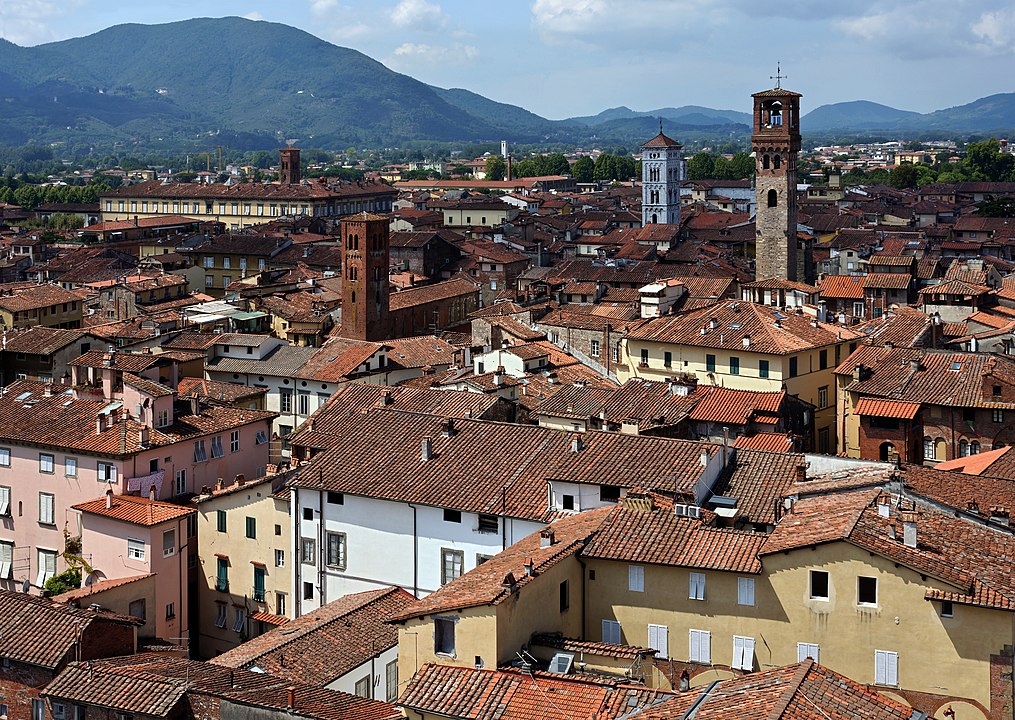
In Ground We Trust
Learning from the history of Colline Lucchesi and Calafata.
First of all, I have a starting point, a companion to write about, an excuse (to write and to drink): Calafata or better: Cooperativa Agricola e Sociale Calafata.
Already on the labels, the connection to the comic world can be seen through the beautiful drawings of the design agency «Genau», which also designed the print on the corks: IN GROUND WE TRUST - MAKE WINE NOT WAR.

It may sound naïve, but as I read about the region and got to know Calafata better - even beyond the wines - I began to see a sense in this phrase.
Because trusting the soil and avoiding war is something the people in this area have been doing for a long time. This decision has shaped the shaping of the region. Let's illustrate this with a little piece of history:
DOC status was granted in 1968, but the area was already cultivated by the Etruscans and documents dating back to the XII century attest to the high quality and appreciation of the wines. In the year 1300, thanks to the river Serchio established river port and the already established trade in silk, the wines were on their way to commercial success.
For centuries, something ambiguous happened, a change that was to shape the identity of this terroir as we know it today: Trade came to a standstill and the local nobility decided to invest in agriculture, landscaping the hilly landscape with beautiful villas and small estates. This was a time when large parts of Tuscany were administered by a feudal system that rewarded large acreages and large, often spoiled harvests. Meanwhile, the nobility of Lucca managed to preserve the biodiversity of the landscape while increasing the internal consumption of wine. This in itself brought the producers enough money to make a living.
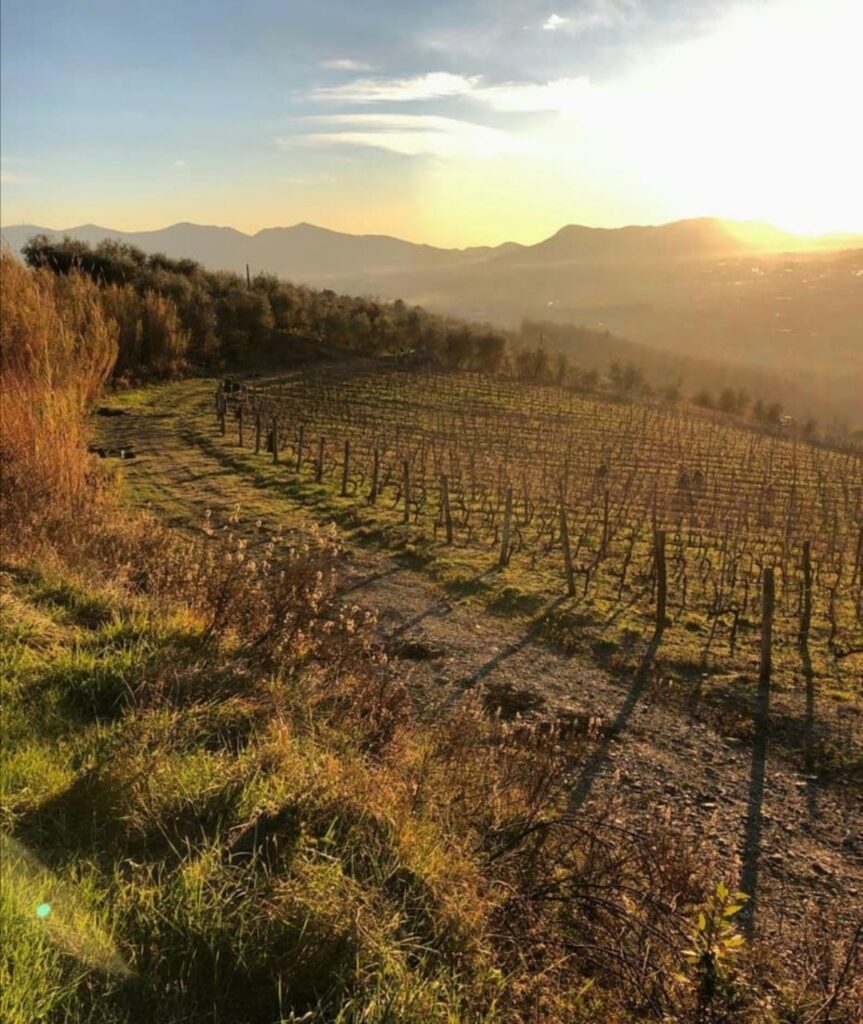
As we can see from the historical documents, they really trusted the soil. Instead of waging war with each other, they were content with a small share of the wealth each year without destroying natural diversity.
Even in more recent times, when the rest of Tuscany opened up to international trade, Lucca always kept a low profile, hiding some real gems under the stern eyes of the Apuan Alps.
The Calafata Project
The Calafata project fits into this train of thought: it began in 2011 when Lorenzo Citti was no longer able to take care of his vines and struggled with the idea of ownership. How can you own something if you are not able to take care of it? He thought: Maybe it would be better, Possession through Care to replace? Lorenzo decided to give his historic vineyards to the Cru Maulina on the left side of the Serchio to a group of friends: Mauro, Maik and Marco.
They were inexperienced, but with a clear idea in mind: to create a non-profit movement centred on the people and the land.
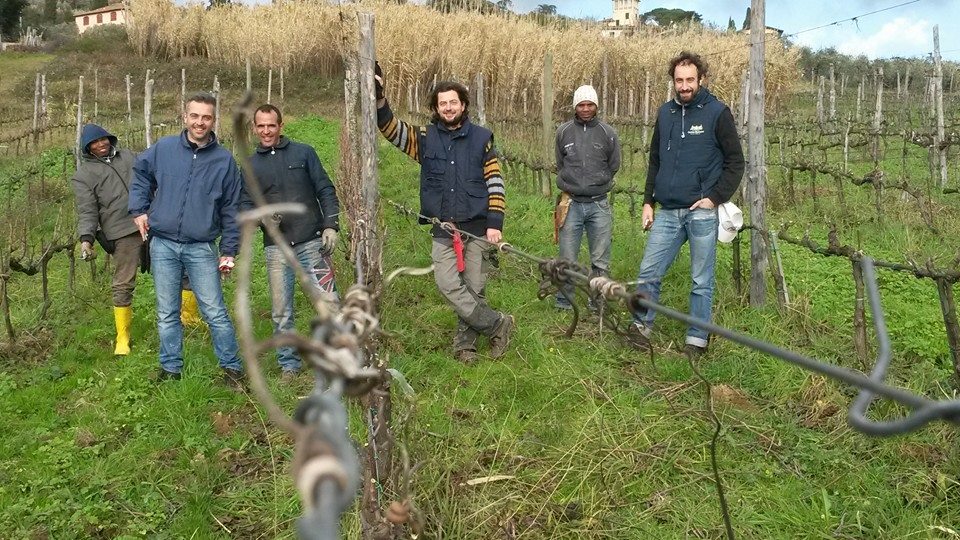
Today, the Cooperativa Agricola e Sociale Calafata is a reality with Wines, oil, honey and vegetables. Above all, it is a place where disadvantaged people (immigrants, former drug addicts and prisoners) can find a different future by learning from working in the fields.
The idea of terroir is not only shaped by the climate, the mountains and the rivers. History can help shape it over time. At its best, terroir is a place of community - a plot of land where social exchange takes place every day.


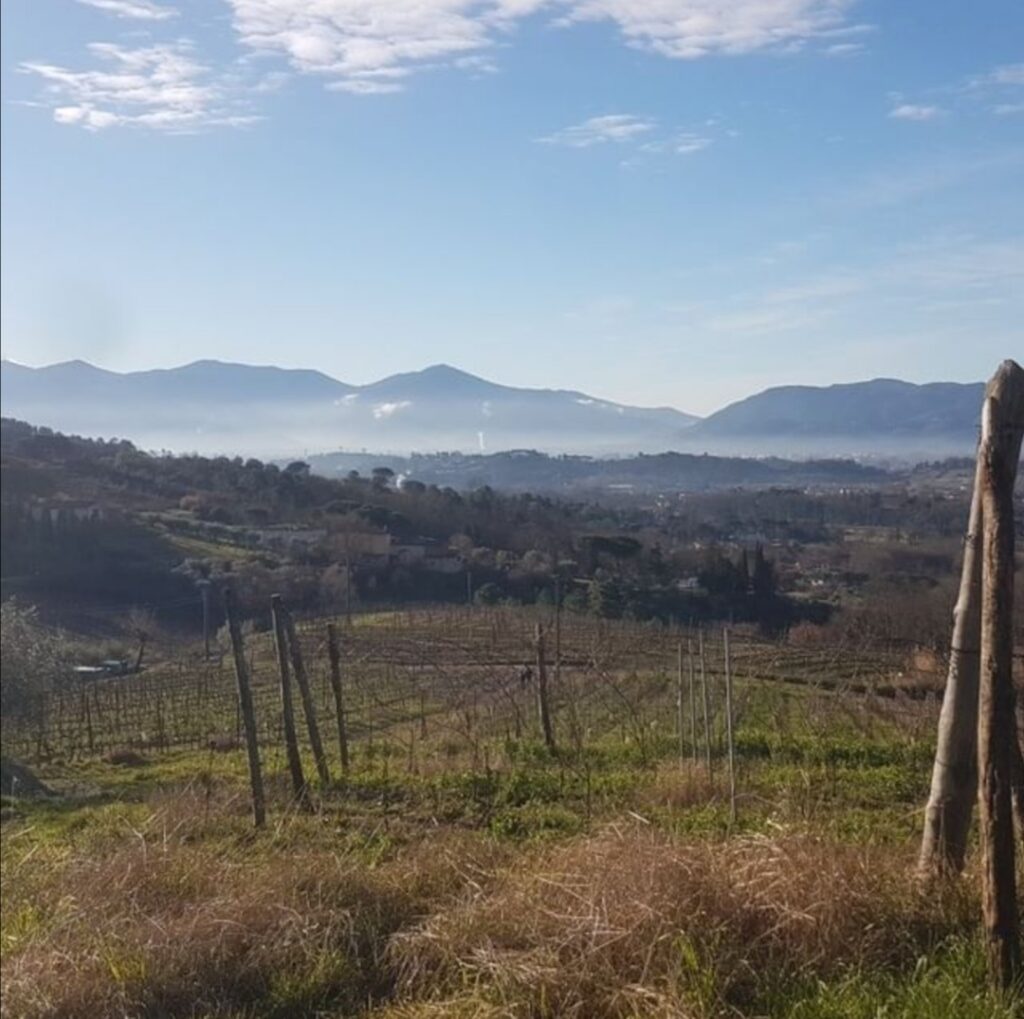
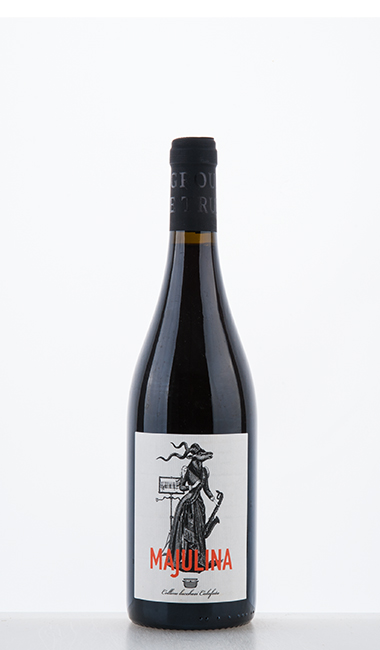
Majulina 2018
With the typical Tuscan blend of Sangiovese, Caniolo, Ciliegiolo and Colorino (the same used for Chianti), Majulina is a red wine that plays well between structure and freshness.
The first nose of leather leaves room for black cherries, sage, time, light balsamic notes and coffee powder.
In the mouth, it is quite tannic, somehow pleasantly rough without being aggressive. It is warm with balanced, crisp acidity. Again black cherries, red currants and violets. Delicately bitter coffee note in the finish.
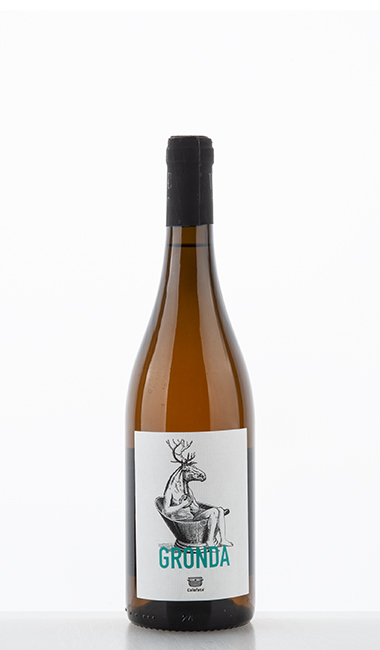
Calafata
Gronda 2019
Intense straw yellow, rich on the nose without inappropriate peaks. Wisteria, apricot, honeydew melon and a hint of flint. In the mouth, all the care and balance is revealed: soft and juicy, with a discreet acidity and minerality enough to invite the next sip.
A blend of Vermentino, Trebbiano toscano, Moscato and Malvasia in which all the musicians play a gentle, perfectly tuned melody. Each grape contributes to a wine made to be shared at the table with friends throughout the day.
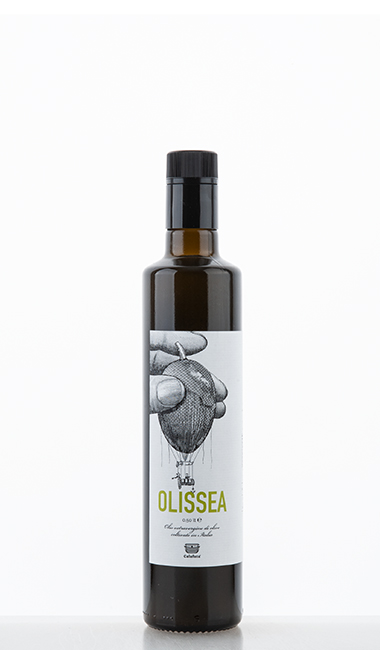
Calafata
Olissea 2021
Olio Extravergine di Oliva
As already mentioned, Calafata also produces a very good olive oil, which reflects the supportive attitude of the whole project.
It's balanced and at first glance not particularly intense, it's not made to overwhelm a dish (but just try it with a little bread and salt!). It has a strong, lingering, spicy note that lays on the back of the palate, and that's the trick.
It serves as a kind of backbone to support and enliven a wide range of dishes, preferably somewhat thick - I'm thinking here of soups, for example.
My favourite of all the different combinations I've tried: homemade "maltagliati" with cannellini beans and mussels. Finally, a little olissea, raw, right on top. A simple gesture that puts all the elements of the recipe in a different light and at the same time gives a great feeling of unity.
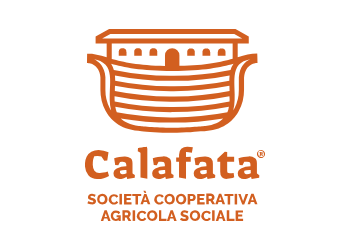
In conclusion.
I would like to end with another drawing: the logo of Calafata, a ship inspired by the Maestri Calafai, the craftsmen in charge of waterproofing the ships. I would also like to see in it a modern Stultifera Navis see, the ship of fools described by Sebastian Brant. Perhaps the ship found the old port on the river Serchio and created a new, more inclusive community without outcasts. In many medieval depictions, the fools drank merrily, holding up a mirror to the rulers.comprehension when an axe first felled a Texas tree.
